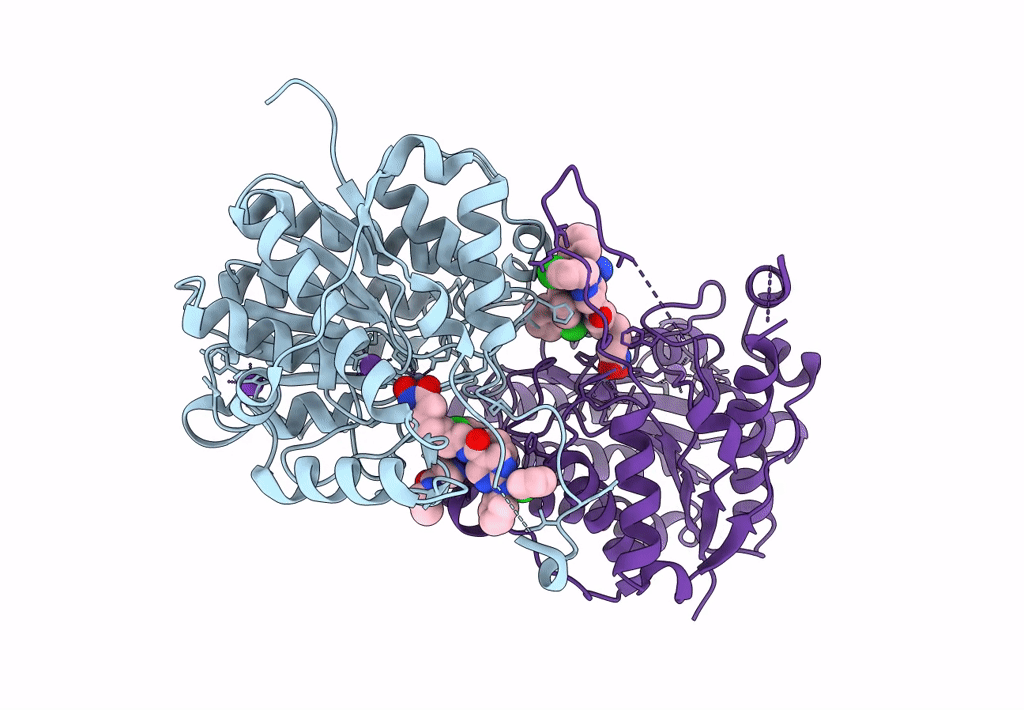
Deposition Date
2023-05-30
Release Date
2023-09-06
Last Version Date
2023-11-08
Entry Detail
PDB ID:
8SZU
Keywords:
Title:
Structure of Kdac1-Citarinostat complex from Acinetobacter baumannii
Biological Source:
Source Organism:
Acinetobacter baumannii (Taxon ID: 470)
Host Organism:
Method Details:
Experimental Method:
Resolution:
1.75 Å
R-Value Free:
0.21
R-Value Work:
0.18
R-Value Observed:
0.18
Space Group:
P 41 21 2


